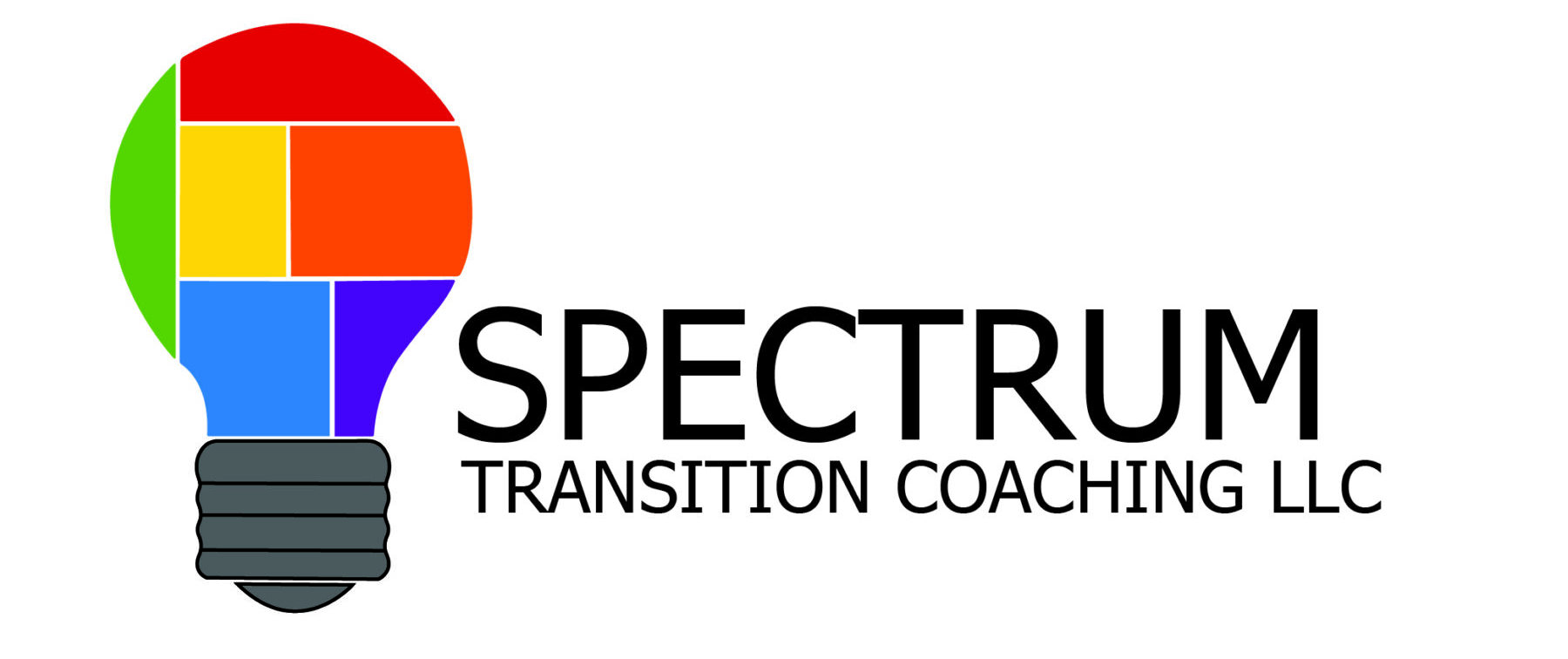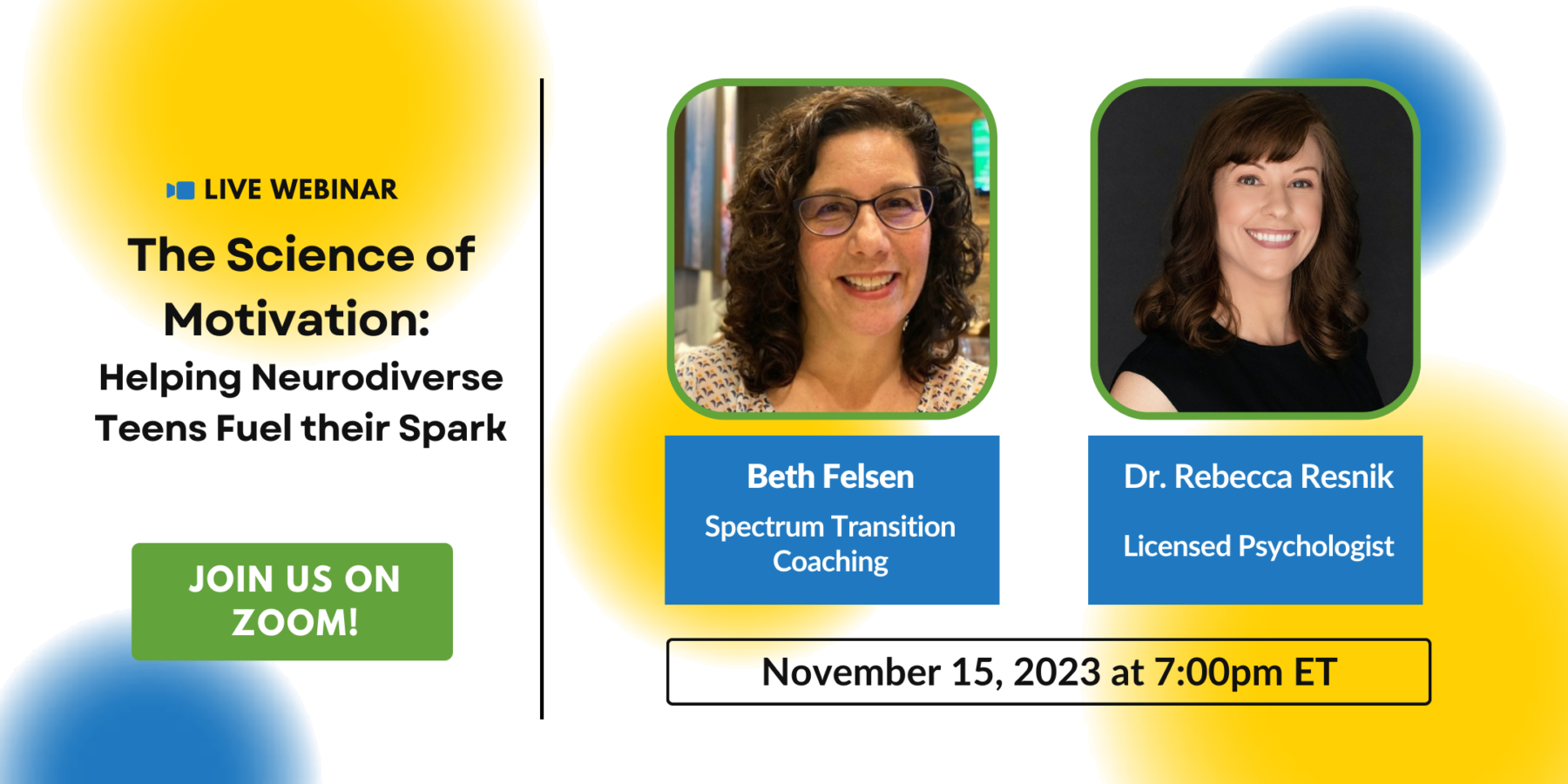Balancing Both Sides of Autism
If you haven’t seen it yet, one of the prominent autism organizations, AANE, has a new look and new name. Formerly the Asperger/Autism Network, AANE is now the the Association for Autism and Neurodiversity.
Why does this matter?
This name change is reflective of a larger shift we are seeing in how we talk about neurodiversity. Rather than focusing on these differences as disabilities, our culture is starting to recognize the unique strengths of different ways of thinking.
We’re also becoming more adept at recognizing the signs, designing appropriate supports and embracing the unique gifts of neurodivergent children and adults.
Over the past few decades, we have learned so much more about neurodiversity and autism specifically. Just 20 years ago, about 1 in 150 children were considered autistic. Today, that number is 1 in 32.
The AANE’s redesigned “what is autism” page is a great jumping off point. Whether you are new to the autism community or you have been here for a while, it’s worth taking the time to read this resource. You’ll find details about:
- Autism as a neurotype
- Autism through a neurodiversity affirming lens
- Understanding unique strengths and support needs
- Related services and programs through AANE
The Duality of Autism
We’ve discussed the multifaceted aspects of autism through strengths and challenges. Today, we’ll compare the strength of creativity with the support need of executive functioning.
Be sure to check out our prior posts in this series too:
- Strong focus & regulation of attention
- Fair & just & self-advocacy
- Desire to connect & social pragmatics
Strength: Creativity
Adults with autism can show incredible creative skills. Whether that looks like artistic expression or new approaches to solving difficult problems, the autistic neurotype fosters a new way of looking at the world.
I’ve seen this firsthand through my clients.
I’ve worked with clients who write poetry and fiction, compose music or get involved theater and film or digital arts. They create beautiful pottery and paintings or enjoy crafting. Their creativity helps with stress management and can be a basis for developing friendships. Some of my clients have even turned their creative passions into their vocations through side gigs and career aspirations.
For autistic adults looking for employment, their creativity can be an excellent skill to highlight on their resume and during interviews. This Forbes article shares how creativity and autism are linked; “Tim Burton, Andy Warhol, Wolfgang Amadeus Mozart, and Stanley Kubrick have reportedly been on the spectrum.”
Creative roles like musicians, graphic designers and scriptwriters can be a great fit for certain autistic individuals.
Support Need: Executive Functioning
For some autistic adults with creative skills, bringing organization to that creativity can be a challenge. AANE describes executive functioning as “developing cognitive skills, such as effective planning, organizing, sequencing, shifting, and initiating.”
Navigating the world as a neurodivergent adult may not be intuitive, but with personalized accomodations, autistic adults can design systems that help keep them organized. Here’s a few examples:
- Calendar rituals: Establish a set time and place for reviewing your calendar. This may be at the end of the day before shutting off your laptop for the day. Taking some time to think about the next day/week can help you plan effectively and adjust meetings or appointments as you see conflicts arise. Make this fun for you too – maybe you brew a cup of your favorite nighttime tea as your reminder to review your calendar for 5 minutes.
- Chunk your work: Enormous projects feel daunting – it makes sense that we choose procrastination instead. Breaking a big project into small chunks can be helpful to get started and see progress. Take a large project and break it into very small tasks and then assign reasonable deadlines to each of those pieces. These can be as simple as ‘gather all of my research materials and place them on my desk’ or ‘spend 10 minutes drafting an intro email to my professor.”
- Keep a log: If estimating the time it takes to complete certain tasks is a challenge, keep a log of the actual time tasks take. You can use this to help you more accurately estimate future tasks and even help your efficiency.
- Find an accountability partner: Sometimes just telling someone else your goal and when you hope to accomplish it can motivate you to start or complete a task. Better yet, find someone who is interested in accomplishing the same goal – a classmate who also needs to complete their research paper, or an officemate who has also expressed frustration with their sedentary lifestyle, for example, and tackle the goal together!
Balancing both sides
Writer Elizabeth Gilbert said, “A creative life is an amplified life. It’s a bigger life, a happier life, an expanded life, and a hell of a lot more interesting life.” Neurodivergent adults may have incredible abilities to think and design creatively, when paired with the right EF supports, this creativity can lead to a full & interesting life!


